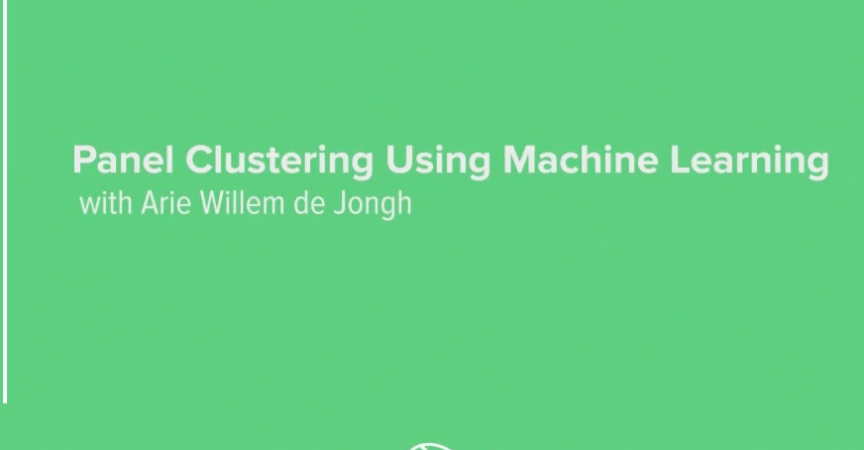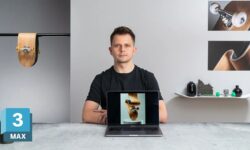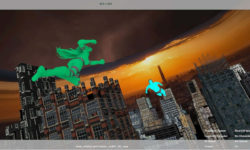Panel Clustering Using Machine Learning (Soumaya Museum)
Release date:2020
Author: Arie-Willem de Jongh
Skill level:Beginner
Language:English
Exercise files:Yes
We’re going to design and rationalize the facade of the Soumaya Museum in Mexico. Opened in 2011 and one of the most visited museums in Mexico. Gehry Technologies did the whole facade design to fabrication process and we’re going to look into some of the techniques they used to populate and standardize the panels.
In the first part of the course we’ll design the facade and populate it with panels. We’re going to use a variety of tools which include Lunchbox for the panel generation and Kangaroo, a physics engine plugin for Grasshopper, to populate the facade and standardize the panels.
The second part and main part of the course will focus on clustering our panels using Machine Learning. We’ll first look at some example exercises to explain what clustering algorithm we’re going to use, how it works, and why we’ll use it. When we’ve understood the workflow and how the algorithm will cluster our dataset, we’ll move to our facade and extract the necessary information from our panels to feed into the algorithm.
In the last part we’ll analyze the various groups of panels created by the algorithm to see the variation of the panels. Based on that we’ll create a standardized panel per group and repopulate the facade. In the last step we’ll analyze our standardized facade and optimize the distances between the panels.





 Channel
Channel





